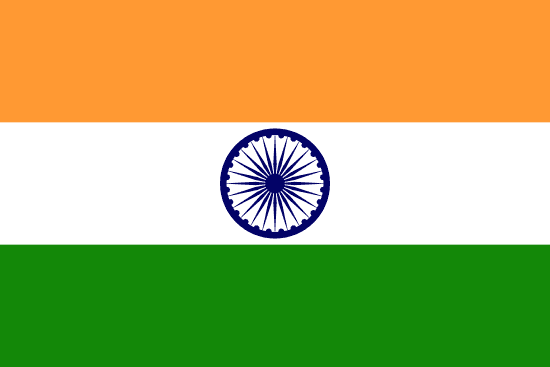"একটা সমস্যা নয়, এটা কলকাতা | It's not a problem, it's Kolkata"
About:
Kolkata, India, was founded as an East India Company trading post in 1690. It was India's capital under the British Raj from 1773-1911. Known for its literary, artistic, and revolutionary heritage, it's often called the "Cultural Capital of India". Post-independence in 1947, it faced economic stagnation until the early 2000s. Today, Kolkata is a major cultural, commercial, and educational center of India, while grappling with urbanisation issues.
When to visit:
Kolkata, the capital of the Indian state of West Bengal, experiences a tropical climate with distinct wet and dry seasons. The best time to visit Kolkata is during the winter months from November to February when the weather is pleasantly cool and dry. This period allows travelers to explore the city's cultural attractions, such as the iconic Victoria Memorial and vibrant street markets, without being hindered by extreme heat or monsoon rains. However, visitors should be prepared for occasional fog and smog during the winter months, particularly in the early mornings.
When to avoid:
The worst time to travel to Kolkata on a holiday is during the monsoon season, which typically occurs from June to September. During this time, the city experiences heavy rainfall and frequent flooding, leading to transportation disruptions and inconvenience for tourists. The monsoon season also brings high humidity levels, making outdoor activities uncomfortable and limiting sightseeing opportunities. It is advisable to avoid traveling to Kolkata during the monsoon season to ensure a more enjoyable and hassle-free holiday experience.
Monsoon Season (June-September)
In Kolkata, the wettest period is during the monsoon season, from June to September. During these months, the city experiences heavy rainfall, with average precipitation reaching up to 300mm in July. Temperatures range from 25°C to 35°C. Sunlight is limited, with cloud cover being prevalent. Humidity levels are high, often exceeding 80%. An average day for a visitor might involve indoor activities or exploring the city under an umbrella, experiencing the lush greenery brought out by the rains. The sky is often overcast, providing a respite from the summer heat.
"Summer (March-June)"
In Kolkata, the warmest part of the year is typically from April to June. During this period, commonly known as the pre-monsoon season, temperatures can soar up to 40°C (104°F), with an average of about 30°C (86°F). Rainfall is relatively infrequent, but sporadic showers can occur, particularly in June as the monsoon approaches.
Sunlight is abundant, with an average of 10-12 hours of daylight per day. However, the humidity levels are very high, often exceeding 80%, which can make the heat feel more intense. Cloudiness varies, with some days being clear and others having partial cloud cover.
For a visitor, a typical day during this season feels hot and humid. The mornings start with intense heat which continues throughout the day, often peaking in the afternoon. The high humidity can make the weather feel sticky and uncomfortable, especially for those not used to such conditions. Despite this, the city remains vibrant and active, with locals and tourists alike adapting to the heat by staying hydrated and taking breaks during the hottest part of the day. It's advisable to wear light, breathable clothing and to carry sun protection like hats, sunglasses, and sunscreen.
Language:
In Kolkata, the most commonly spoken language is Bengali, as it is the official language of the Indian state of West Bengal, where the city is located. Hindi and English are also widely spoken and understood, with English often being used for official and administrative purposes. A variety of other Indian languages, such as Urdu and Punjabi, are spoken among different communities in the city.




